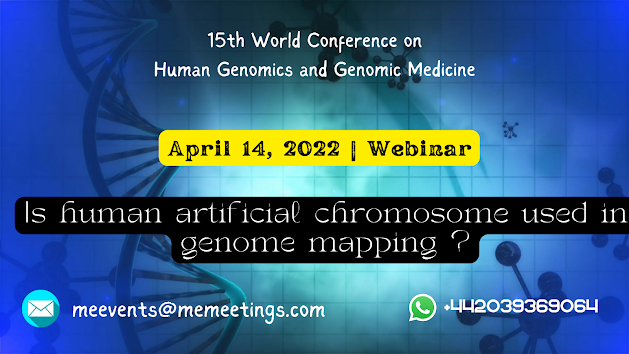What is Transgenes in Human Genetics?
Transgenic
refers to the artificial insertion of one or more DNA sequences from another
species. Transgenic animals are normally created by inserting a short sequence
of genetic Material into a fertilised egg or growing embryo.
A
transgene is a gene that has been transferred from one organism to another,
either organically or by one of many genetic
engineering techniques. The insertion of a transgene, also known as
transgenesis, has the potential to alter an organism's phenotypic. Transgenes are fragments of genetic material that
are utilised to alter an organism's genome. The usage of transgenic organisms
can be used to change the phenotypic of the organism. Living organism’s genomes can be modified using
modern genetic technologies. "Genetic engineering" is another term
for this procedure. Genes from one species can be edited, and genes from one
species to another would be transferred. Recombinant DNA technology allows for
genetic engineering. Transgenic organisms are one who has had its genomes
rearranged. The majority of transgenic organisms are created in a lab for
scientific objectives.
A
transgene is a synthetic gene developed in a molecular
biology lab that has all of the necessary elements for gene expression but
is derived from a different species, such as the creation of 1-proteinase
inhibitor protein in transgenic sheep bearing a human transgene. Commercially, transgenic organisms have also been
developed. Food crops such as soy and corn, which have been genetically
modified for pest and herbicide tolerance, are among the most well-known
examples. These crops are usually referred to as "GMO’s”.
It
is well understood that only a small portion of a cell's genome is expressed at
any given moment. The process of translating a gene,
whether nuclear or area of activity begins with transcription and concludes
with the creation of a functional protein. Gene expression regulation is a
complicated process that necessitates the coordinated action of several
proteins and nucleic acids to decide if a gene is transcribed and, if so,
whether it produces a protein that generates a phenotype. The same can be said
for genetically engineered crops, which are at the heart of insert innovation.



Comments
Post a Comment